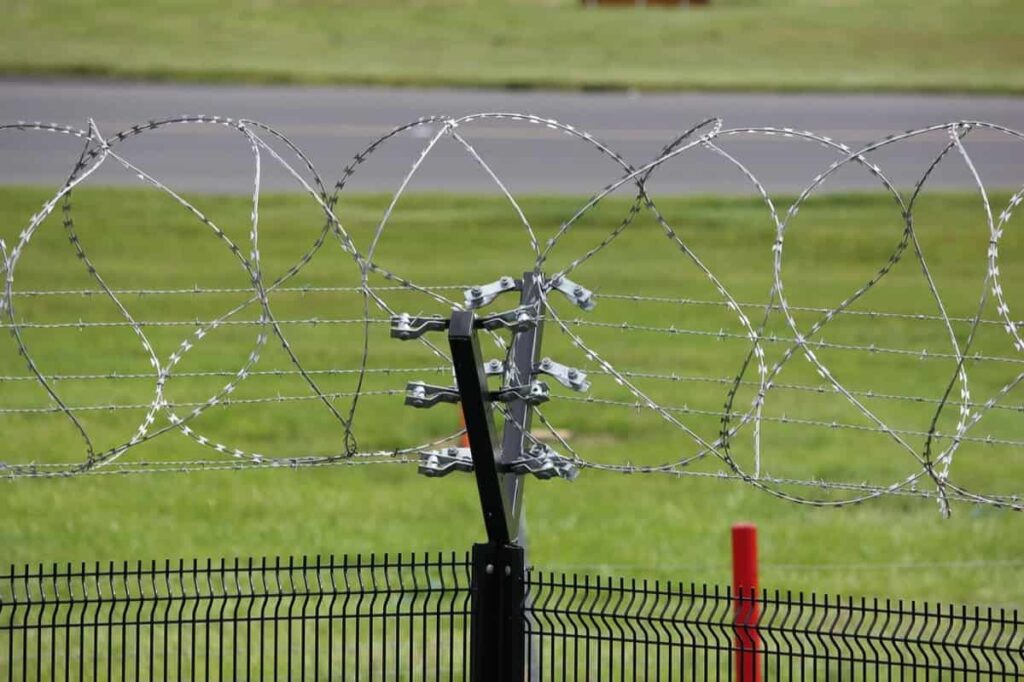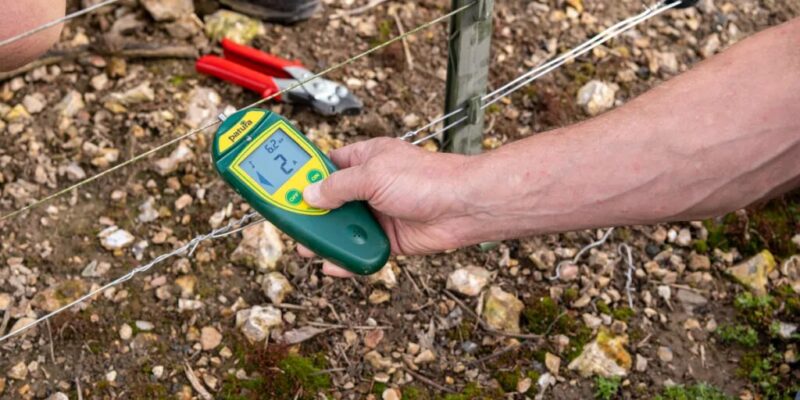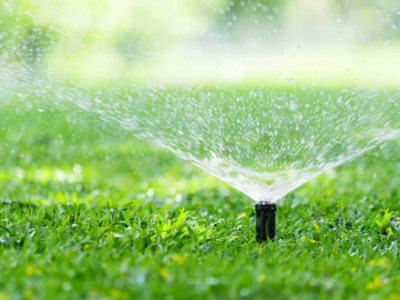Electric fences are meant to keep things safe and secure, but when they start acting up. They can be weak. We’re going to learn the reason behind your electric fence’s weakness.
Electric fences keep livestock safe, protect gardens from disturbing critters, and secure your property. But when they become weak. They may not do their work properly.
A weak electric fence can allow unwanted animals to enter, leaving your property unsafe. We’ll find the planter ideas for a feeble electric fence, such as broken wires, low power supply, or faulty equipment.
By the end, you’ll understand why your electric fence is acting weak and how to fix it, ensuring your property stays safe and secure.
Let’s get started!
Reasons Behind Electric Fences Getting Weak

1. Insufficient Power Supply
A weak electric fence is often not strong because it doesn’t have enough power. To make your electric fence stronger, you need a good power source. Check if your charger or the energizer is working correctly and connected to a reliable electrical source.
If you’re using a battery-powered unit, make sure the battery is charged and replace it if it’s not. Having a strong and reliable power supply is very important for your electric fence to give a powerful and consistent shock.
So, start by ensuring your power source is good, and your fence will be much better at keeping things in their place.
2. Poor Grounding
Good grounding is really important for electric fences to work well. The electric charge can’t flow properly without it, causing a weak or inconsistent shock. Use copper or galvanized steel rods to ensure your electric fence is grounded right.
Push them deep into the ground. If your soil is dry or sandy, you might need more than one rod to do the work properly. So, don’t forget for your electric fence to work and keep things safe; use these metal rods in the ground to ensure the electricity flows as it should.
3. Vegetation Interference
Electric fence maintenance tips include managing vegetation to prevent interference. Touching the wires can disrupt the proper flow of electricity, weakening the fence’s effectiveness. Large plants, such as tall grass and overhanging tree branches, can disrupt the proper flow of electricity, weakening the fence’s effectiveness.
To prevent this, regularly cutting the plants near the fence is important. This will help your electric fence do its work well, keeping your animals safe and secure. So, don’t forget to give those plants a trim to keep your fence working great.
4. Damaged Insulators and Wires
Look closely at your electric fence for any parts that might be broken, like insulators, wires, or connections. If you find any of these things damaged, your fence can lose power and not work well. To fix it, change the broken insulators, make sure the connections are tight, and repair or switch out the broken wires.
This way, your fence will stay strong and work properly, keeping your animals safe. Checking your electric fence regularly and fixing any problems is important to make sure it keeps working well. Don’t wait; take action to keep your fence in good shape.
5. Weakened Fence Posts
Fence posts are like the backbone of your fence, making sure everything stays in place and works properly. If your fence posts get weak or move around over time, your fence won’t do its work well. To keep things in tip-top shape, take a good look at your fence posts. If you see any that are damaged or starting to rot, it’s time to switch them out.
And when you put in new ones, make sure to follow the instructions from the manufacturer to get them in the right spot. That way, your fence will stay strong and do its work of keeping things where they belong.
6. Voltage Leakage
Voltage leakage happens when the electric fence touches things that can carry electricity, such as metal or wet plants. To stop this from happening, walk along your fence and check for spots where it’s touching those conductive things. If you find any, make sure to cover them up or put something in between to keep the fence away. Another important thing is to put up signs.
Signs tell people and animals that there’s an electric fence around. This way, they can stay away and not get a surprise zap. Doing these simple things will help keep your electric fence working safely.
It’ll do its work of keeping your property secure without causing harm to anyone who gets too close. So, check for touching points, cover them up, and add signs for everyone’s safety.
7. Inadequate Wire Type or Configuration
Picking the right wire and setting up your electric fence matters for how well it works. You should use the type of wire that fits your needs. Different jobs, such as keeping animals safe or ensuring your place is secure, might need different wires. So, choose the one that works for what you’re doing. Also, it’s smart to do what the manufacturer suggests about how far apart to put the wires and how many wires to use.
They know their things, and their advice can help your fence do its job right. Following these tips will ensure your electric fence works well and does what it’s supposed to, whether looking after your animals or keeping your property safe.
So, picking the right wire and setting it up correctly is important for making your electric fence work well.
Conclusion
If you’re thinking, why is my electric fence so weak? There are some simple reasons to consider. First, check your power source. Make sure it’s working properly and supplying enough electricity. Next, inspect your fence wires and connections to see if they’re damaged or dirty. They won’t work well.
Don’t forget about the ground system. Poor ground can weaken your fence. Make sure it’s damp and well-connected. And finally, if your electric fence still seems weak. It might be due to long grass or weeds touching the wires.
By checking these simple things, you can make sure your fence is strong and doing its work of keeping your animals safe.










Comments